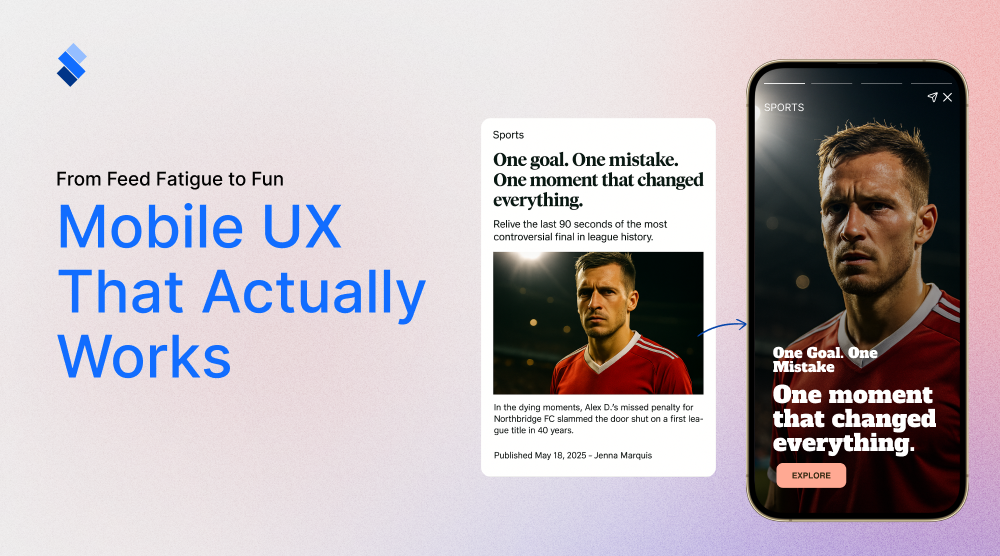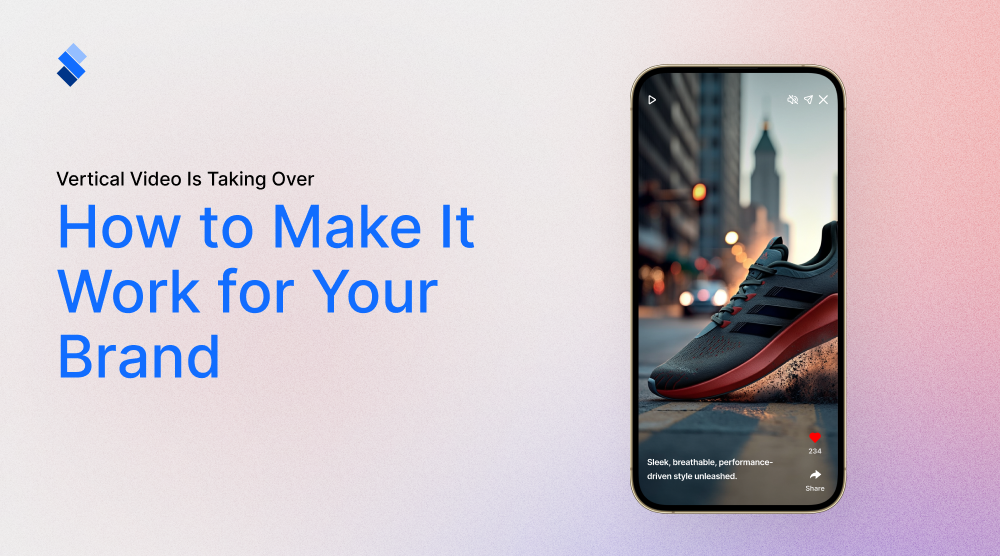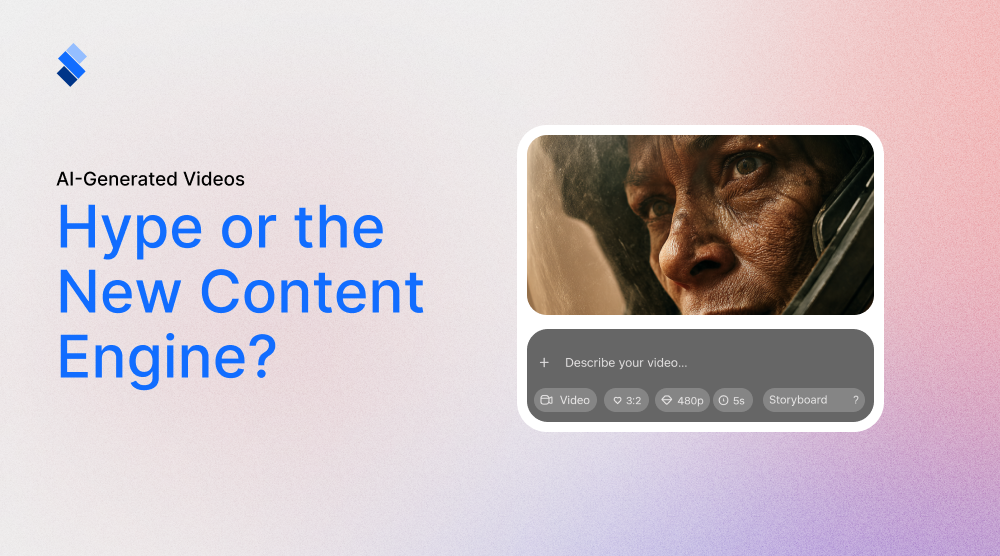Brand storytelling - different ways to tell a web story
In order to create engaging marketing content you need to understand different ways to tell a web story and various aspects of them.

One of the newer buzzwords in marketing is brand storytelling. While companies do need to use this form of marketing to optimize their online presence, few actually understand what it is and how to best use it. In this article, we will cover the basics of brand storytelling and elaborate on different ways to tell a web story. Hopefully, this will give you an idea of how to orient your own marketing efforts.
Brand storytelling in a nutshell
Stories are powerful. Telling stories, or storytelling is, the oldest way in which we exchange important information. If you take a moment to think about it, you'll see that we use stories to describe our lives and to understand the world around us. Even things that we considered as facts or science, need to be put in a story context in order for them to have an effect on our lives. This is because stories contain, besides the informative aspect, an emotional and even spiritual aspect that no other form of information contains.

Now, why is this important for branding and web stories? Well, not long ago marketing managers noticed that certain brands tend to do better than others. Brands that understood the power and the value of stories figured out a way to tell a story about their brand. Low and behold, brand storytelling was created.
Not long after that, web stories became an interesting new way to present your content. Just like any other story, web stories make full use of the emotional aspects, especially if you use their full potential. Content understand that the way in which you tell a story is just as important as the information you are telling. This is why it is important to understand the different ways in which you can tell a web story. And how each way can affect the audience that is viewing it.
Different ways to tell a web story
It doesn't take much experience with storytelling to learn that there are countless ways to tell a story. Aspects like:
- What you emphasize.
- What you describe.
- How long do you take to describe something?
- How fast you tell the story.
- What tone do you use to tell the story?
- On what note does the story end.
All of these have a big impact on how your story is perceived. Therefore, you need to understand different aspects of your story and how they can be used to tell the story you want.

While this is fairly straightforward to understand, it can be difficult to put into practice with the web stories. After all, most content creators and marketing managers don't have much experience with storytelling. So, to help you get a head start, we will give you a couple of ideas on how to tell your web stories.
Elaborating your core idea
The most common way in which marketing managers use web stories is to elaborate on their core idea. The core idea of a brand is the idea that permeates every aspect of its online presence. The core of the idea of Coca-Cola is happiness and that their drinks are an integral part of every joyous event. In the case of Nike, this is sports performance, and that their equipment helps you achieve the peak of it. If you take a closer look you can see that they take great care to ensure that their core ideas are everpresent. And, you will see that most of them elaborate on this core idea in some fashion.
The best way to create this kind of web story is to pick an aspect of your brand to emphasize and attach some emotion to it. For example, let's say that you are a moving company. One way to elaborate your core idea is to simply claim that you are the best company in the area. But, as you can imagine, that won't do you much good. Instead, you should try to tell a story where a family needed to relocate with a pet, and where you took extra care to ensure that the pet was ok throughout the moving process. Simple, effective, emotional, clear. This is what a good web story is, and what you should strive for.

Empathizing a seasonal promotion
Season promotions are a part of any eCommerce marketing campaign. To engage with your audience you need to highlight certain periods and motivate them to do business with you. Well, in those periods, web stories can be of great use. Namely, what you can do is connect your brand with seasonal promotion.
For example, let's say that you run a web store that sells schools supplies. Naturally, you ought to have seasonal promotions at the beginning of a school year, as people will have a natural interest in you. Now, the worst thing you can do is to say "20% off on school bags" or something like that. Instead, you need to tell a story that you empathize with your customers and that you want to help them start a great school year (with your promotion). That way you address the emotional aspect and you help integrate your brand naturally in your story.
Conclusion
So far, we've only given you two different ways to tell a web story, as they are most prevalent. But, keep in mind that there are countless other ways to tell web stories. What's important to keep in mind is that emotions play a big role. Without them, you'll have a hard time creating an engaging story, no matter how interesting the topic is. Furthermore, make sure to use proper fonts, colors, animations, and the overall tone to emphasize the emotion behind your story. We will elaborate more on this in further articles. But, for now, just try to avoid creating stale, interesting web stories just for the sake of having them.







